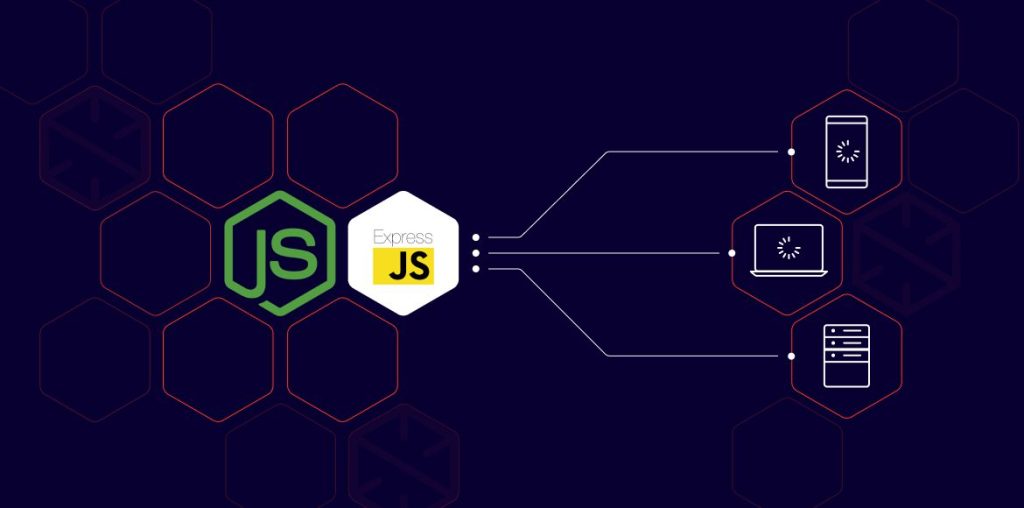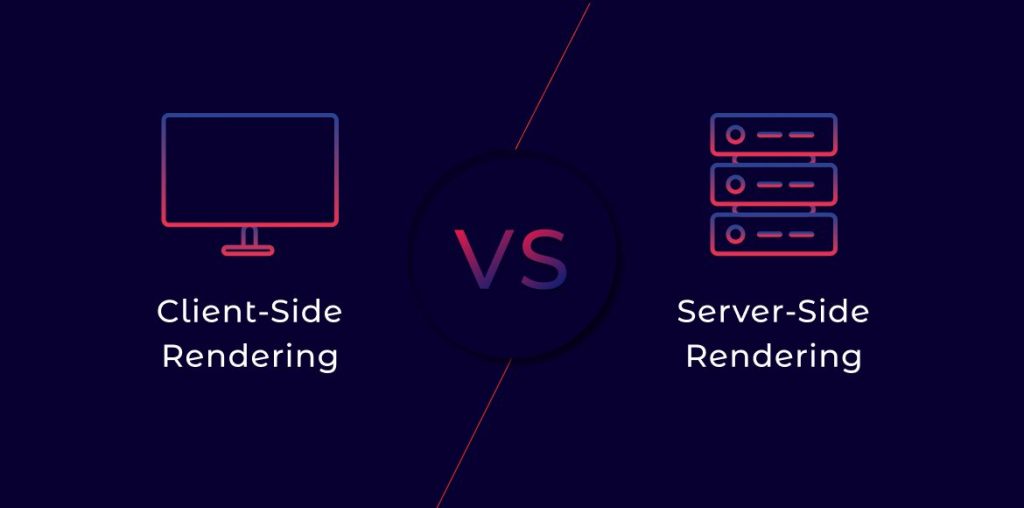Mastering Server-Side Rendering: React with Node/Express in 2023
The art of web development has seen a significant shift over the years, with Server-Side Rendering (SSR) emerging as a major player. This technique, combined with powerhouse JavaScript, Node JS, and Express JS, brings about a host of benefits for modern web applications. This article aims to guide you through the ins and outs of implementing SSR with these technologies.
Understanding Server-Side Rendering (SSR)
SSR is a method in which a server processes a web page's HTML and CSS before sending it to the client's browser. This approach stands in contrast to client-side rendering, where the rendering process is performed in the browser itself. SSR, when employed with React applications, results in faster page loads, improved SEO, and an overall enhanced user experience.
Node.js and Express.js: A Brief Overview
In the realm of SSR, Node.js and Express.js hold key roles. Node.js is a server-side JavaScript runtime environment that enables developers to execute JavaScript on the server. This capability makes Node.js an integral part of SSR.On the other hand, Express.js is a minimalistic web application framework for Node.js. It simplifies the process of building web applications, making it a prime choice for a Node JS server setup. Together, these technologies form the backbone of server-side rendering.

Setting Up a Node.js Server
Creating a Node.js server for SSR involves a sequence of steps, starting with the installation of Node.js and Express.js. Once installed, an Express application can be set up, paving the way for the integration of React JS and the implementation of SSR.One major advantage of using a Node.js server is the possibility of load balancing. By evenly distributing network traffic across several servers, load balancing enhances responsiveness and availability, thereby playing a vital role in performance optimization.

React SSR with Node.js and Express.js
Integrating React with Node.js and Express.js for server-side rendering is a powerful combination. Here's an overview of the process:
- Client-side Rendering vs. Server-side Rendering: Understand the differences between client-side and server-side rendering to make an informed decision. While client-side rendering is suitable for interactive components, server-side rendering provides better initial load times and SEO benefits.
- SSR Benefits for React: By implementing SSR with React, you can provide a fully rendered page to users, enhancing performance, SEO, and user experience. SSR ensures that your app is accessible and viewable even in low-bandwidth or JavaScript-disabled environments.
- Performance Optimization: Optimize your React SSR setup to ensure fast and responsive pages. Minimize unnecessary renders, use server-side caching, and apply performance best practices to deliver an exceptional user experience.
- SEO Optimization: Leverage the benefits of SSR to improve your application's SEO. SSR-generated HTML allows search engines to crawl and index your content effectively, boosting your visibility and organic search rankings.
- Scaling and Edge Rendering: Implement scaling techniques to handle high traffic and ensure the best performance. Explore edge rendering to minimize latency by serving content from edge locations closer to users.

Optimization Techniques
The benefits of React SSR can be further amplified through various optimization techniques. Performance optimization can be achieved by implementing techniques like code splitting, reducing JavaScript payload, and efficient data fetching.
SEO optimization is another crucial aspect of SSR. By rendering content server-side, search engines can better index your React application, thus improving its visibility.
Scaling techniques, such as horizontal scaling and load balancing, can also be used to handle high-traffic applications. For faster page loads, consider edge rendering, where the server closest to the user is chosen for content delivery.
Want to develop a custom software solution?
Node.js and Express.js: Choosing the Right SSR Framework
Selecting the right SSR framework for your application can be a challenging task, especially when comparing options like Next JS vs Node JS or Express JS vs Node JS. Understanding your project requirements and the strengths of each framework will guide you in making the right choice.
Resources for Further Learning
- Official Documentation: The official documentation for React, Node.js, and Express.js is a great starting point. They provide detailed instructions and examples to help you get started.
- Books: "Learning React: Modern Patterns for Developing React Apps" by Alex Banks and Eve Porcello, and "Node.js Design Patterns" by Mario Casciaro and Luciano Mammino offer comprehensive insights.
- Online Courses: Websites like Coursera, Udemy, and Pluralsight offer courses on React, Node.js, and Express.js. These courses range from beginner to advanced levels and are often taught by industry experts.
- Blogs and Tutorials: Websites like Medium, Dev.to, and freeCodeCamp host numerous articles and tutorials authored by experienced developers sharing their knowledge and experiences.
- Podcasts and Talks: "JavaScript Jabber" and "React Podcast" are excellent resources to hear from industry leaders about the latest trends and best practices in the JavaScript world.
- Online Communities: Join communities like Stack Overflow, GitHub, and Reddit. Here, you can ask questions, share your work, and get feedback from other developers.
- Meetups and Conferences: Events like React Conf, Node+JS Interactive, and JSConf are fantastic ways to learn from industry leaders and network with other developers.
Conclusion
Mastering server-side rendering with React, Node.js, and Express.js is an investment that pays dividends in terms of enhanced performance, improved SEO, and a superior user experience. As we move forward into 2023, the importance of these skills in the ever-evolving landscape of web development is set to rise. Therefore, there's no better time than now to start your journey into the world of SSR.


0 thoughts on "Mastering Server-Side Rendering: React with Node/Express in 2023"